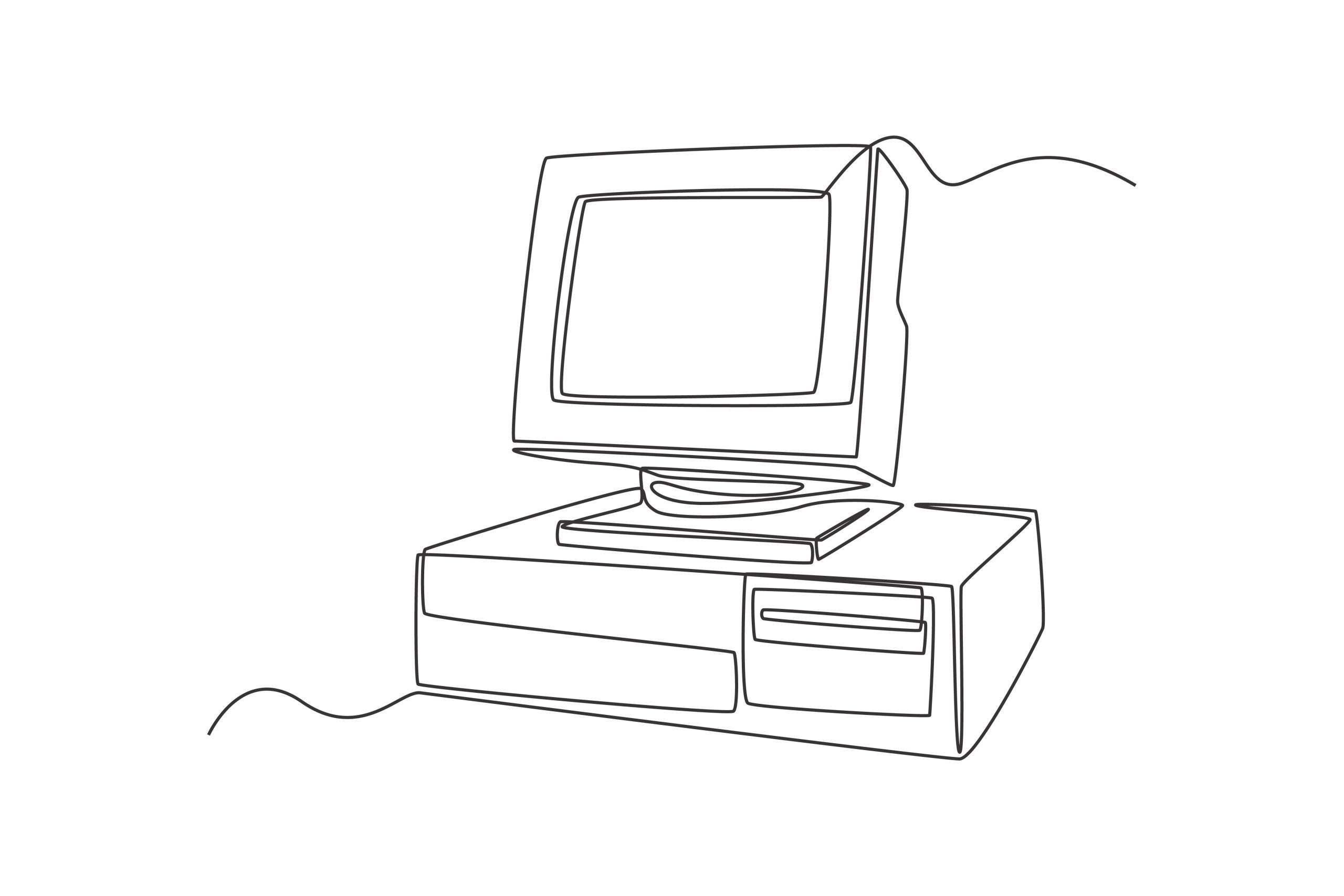
From Paper to the Cloud: The Evolution of Information and Records Management
April is Records and Information Management (RIM) Awareness Month, a time dedicated to increasing awareness about the importance of RIM practices in organisations. In today’s world, where the amount of data generated by organisations is increasing exponentially, managing records and information efficiently, effectively and securely is more important than ever.
Information and records management (IRM) has evolved significantly over the years, reflecting changes in technology, regulatory requirements, and organisational needs. In this blog post, we will look over the timeline and evolution of Information Records Management over the years.
1950s-1960s: The Birth of IRM
The concept of IRM began in the 1950s with the development of electronic data processing. At that time, organisations were primarily focused on managing paper records, and electronic records were limited to mainframe computers. In the 1960s, the UK government started developing records management standards, and the concept of records management became more formalised.


1970s-1980s: The Advent of Electronic Records
With the introduction of personal computers in the 1970s, electronic records became more widespread. Organisations began to adopt electronic records management systems (ERMS) to manage their records. In the UK, the Public Records Act of 1958 was updated in 1977 to include electronic records, and the Data Protection Act was introduced in 1984 to regulate the processing of personal data.
1990s-2000s: The Rise of the Internet and Digital Records
The rise of the internet in the 1990s brought about a new era in information management. Organisations started using websites, email, and other digital platforms to store and manage records. In the UK, the Freedom of Information Act was introduced in 2000 to provide public access to information held by public authorities, and the Data Protection Act was updated in 1998 to comply with the EU Data Protection Directive.


2010s-2020s: The Emergence of Cloud-Based IRM
In recent years, there has been a shift towards cloud-based IRM solutions. Cloud-based IRM solutions provide organisations with more flexibility, scalability, and cost-effectiveness. In the UK, the General Data Protection Regulation (GDPR) was introduced in 2018 to strengthen data protection laws and enhance individuals’ rights. The GDPR has had a significant impact on how organisations manage their records and information, particularly in terms of data subject access requests and data breach notifications.
We all evolved!
The evolution of IRM over the years reflects the changing needs of organisations and advances in technology. Effective IRM practices are critical for organisations to manage their records and information in a structured and secure manner, particularly in light of European and UK legislation. Ascentas is committed to helping organisations stay ahead of the curve by providing customised solutions to meet their specific needs.

We evolved Too!
At Ascentas, we understand the importance of effective IRM, and we have evolved our services to meet the changing needs of organisations. Our services are designed to help organisations manage their records and information effectively, whether in paper or electronic format. We offer a range of solutions, including document scanning and digitisation, records management consulting, data migration, and cloud-based Document Management solutions.
Our team of experts can assist with everything from creating and implementing records retention schedules to managing data migration projects.
Our Services
Document Scanning
One of the key services we offer is document scanning and digitisation. This service allows organisations to convert their paper records into digital formats, making them easier to manage, access, and search. By digitising records, organisations can reduce their reliance on physical storage space, improve data security, and streamline their operations.
Enterprise Content Management
Laserfiche Cloud as a content management system (CMS) that allows businesses to store, organise, and manage their digital documents and records securely in the cloud. Laserfiche Cloud offers a wide range of features, including document capture, workflow automation, collaboration tools, and analytics.
By integrating Laserfiche Cloud with your existing systems, you can improve your document management processes, reduce paper-based workflows, implement records retention and increase productivity. Laserfiche Cloud also offers advanced security features, such as role-based access controls, data encryption, and activity tracking, to ensure that sensitive information is protected at all times.
Records Management Consulting
Another service we offer is records management consulting. Our team of experts can provide guidance on best practices for managing records and information, including compliance with regulations and industry standards. We can also help organisations develop and implement policies and procedures for managing records and information.
We understand that each organisation has unique requirements and challenges when it comes to RIM. That’s why we work closely with our clients to develop customised solutions that meet their specific needs. Our approach is to understand the organisation’s goals and objectives and work collaboratively to create a solution that delivers the desired outcomes.

Conclusion
RIM Awareness Month is an important time to recognise the significance of effective RIM practices in organisations. Ascentas is committed to helping organisations improve their RIM practices through our range of services, customised solutions, and education and training. Let’s work together to create a culture of accountability, transparency, and responsible Records and Information Management.
Contact us today to learn more about how we can help your organisation with Records and Information Management.


